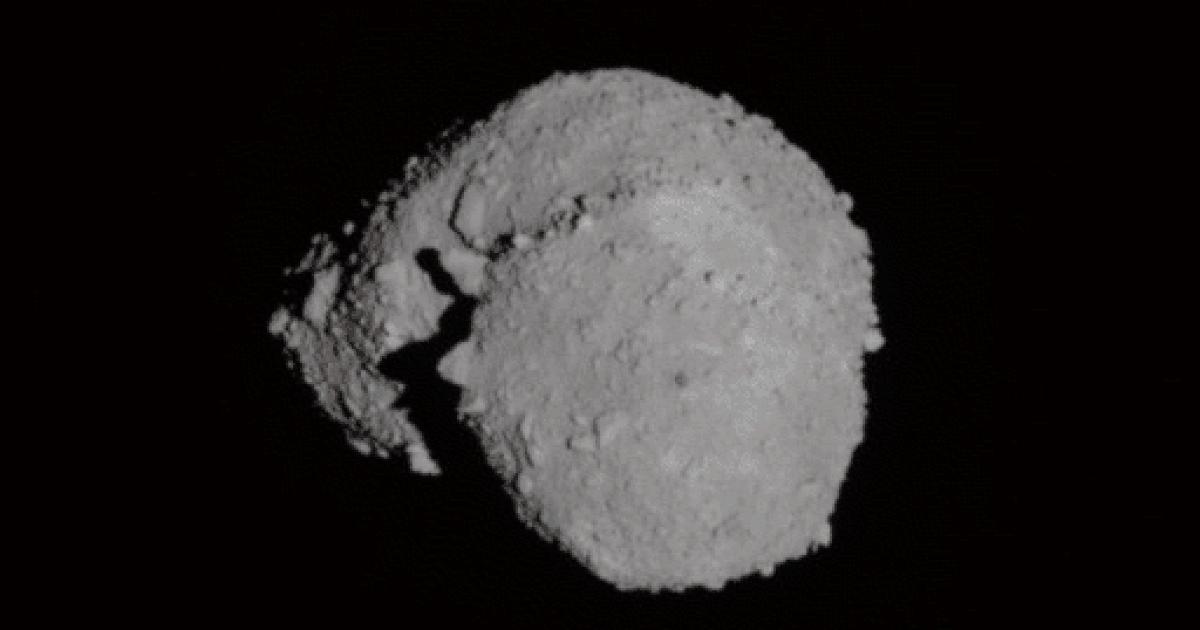When it comes to asteroids, fantasy likes to conjure up the familiar image of Han Solo darting with the Millennium Falcon among giant boulders flying close together. In fact, asteroids are hundreds of thousands of kilometers across at best, rarely rock-like, and mostly like a mountain of pebbles held together by their weak gravity.
The Japanese space agency’s Hayabusa-1 probe has brought thought-provoking news about such asteroids, according to a recent article in the American Academy’s journal PNAS. Hayabusa-1 was launched in 2005 and traveled 6 billion kilometers to the 500-meter-wide asteroid Itokawa, returning in 2010 with a 1.5-kilogram debris sample.
Australian researchers bombarded the three dust grains obtained from the sample with electron and laser beams in order to determine the age of the material by examining its crystal structure and the argon gas released. Based on tests, Itokawa turns out to be very old, almost as old as the solar system. It was created by impact with continuous rocks that make up its core 4.2 billion years ago.
Homogeneous rocky asteroids are usually estimated to be a few hundred million years old. Itokawa and similar debris asteroids will last much longer than that, but we won’t necessarily be happy with what comes next.
We sought an answer as to how shock-resistant asteroids of debris are and how likely they are to disintegrate upon impact. We found that they can trace the entire history of the star system, so they must be very common in the asteroid belt, so if there is a large asteroid heading for Earth, it is likely to be of this type.
– explains Nick Thames, one of the authors of the study.
Our anxiety can be negatively affected by the fact that pebble pile asteroids are particularly resistant. The previously proposed solution, which would crush them with the kinetic energy of high-speed metal rods, would not work in this case – the asteroid would swallow them like a sandbag.
NASA test last year, when Darts The probe crashed into Dimorphos orbiting Didymos and adjusted the debris body’s trajectory, ending with an encouraging result. The question is still how far and how far an impact would be needed to deflect the orbit of an asteroid eight times larger. In general, the larger the asteroid, the earlier it is detected, the faster a small change in orbit occurs, and the greater the distance over time.
Photo: ISAS/JAXA/Øyvind Guldbrandsen
If it turns out that we still do not have time to intervene, according to scientists, we will have to resort to more drastic means and deploy a nuclear warhead.
NASA’s database of potential Earth-threatening asteroids, Atlas, contains 28,000 different objects, and four telescopes monitor the sky 24 hours a day. In the list, near-Earth asteroids are those that approach our planet at a distance of at least 195 million km, and any object that approaches us from 7.5 million km is classified as potentially dangerous. (The average distance between the Moon and Earth is 384,000 km — the Earth, on the other hand, travels 2.5 million km in its orbit around the Sun every day.)
A similar debris asteroid, Ryugu, was sampled by Hayabusa-2, which returned in December 2020. NASA’s OSIRIS-REx mission is currently on its way home a landand others about Bennu, which threatens in 2182 at the earliest – the capsule containing the samples is expected to land in September of this year.
(live scienceAnd Phys.org)













































